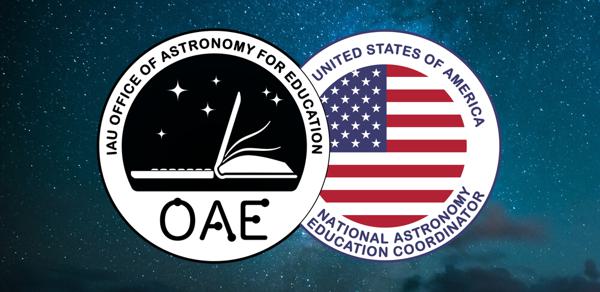Termine del Glossario Densità
Descrizione La densità è una caratteristica fisica di una sostanza o di un oggetto che esprime la relazione tra il suo volume e la sua massa. Più alta è la densità, maggiore è la massa per unità di volume. La densità media di un oggetto è data dal rapporto tra la sua massa e il suo volume totali. La sua unità di misura nel Sistema Internazionale è il chilogrammo per metro cubo (kg/m3).
Le densità nelle regioni della Via Lattea prossime al Sole possono variare da circa 10-20 kg/m3 nel gas interstellare a più di 1017 kg/m3 all'interno delle stelle di neutroni.
Le densità tipiche sulla Terra si collocano tra questi estremi, variando da circa 7800 kg/m3 per il ferro a circa 1000 kg/m3 per l'acqua, fino a poco più di 1 kg/m3 per l'aria che ci circonda (al livello del mare).
L'Universo non comprende soltanto le stelle, i pianeti e il gas delle galassie, ma anche lo spazio relativamente vuoto tra le galassie e tra gli ammassi di galassie. Il risultato è che la densità media della materia nell'Universo è dell'ordine di 10-27 kg/m3.
Termini correlati
Vedi questo termine in altre lingue
status del termine e della definizione La definizione originale di questo termine in inglese é stata approvata da un ricercatore astronomo e da un docente La traduzione di questo termine e della sua definizione sono state approvate da un ricercatore astronomo e da un docente
Il Glossario Multilingue OAE é un progetto dell'Ufficio IAU per la didatticadell'astronomia (OAE) in collaborazione con l'ufficio IAU OAO per la DivulgazioneAstronomica (OAO). I termini e le definizioni sono stater scelte, scritte eriviste da un impegno collettivo da parte di OAE, i Centri e i Nodi OAE e iCoordinatori Nazionali per la Didattica dell'Astronomia e da altri volontari.Potete trovare una lista completa dei crediti, Tutti i termini del glossarioE le definizioni sono pubblicate su Creative Commons CC BY-4.0 licenza e dovrebbero essere accreditate ad IAU OAE.
Se noti un errore di fatto o di traduzione in questo termine del glossario, per favore contattaci.








